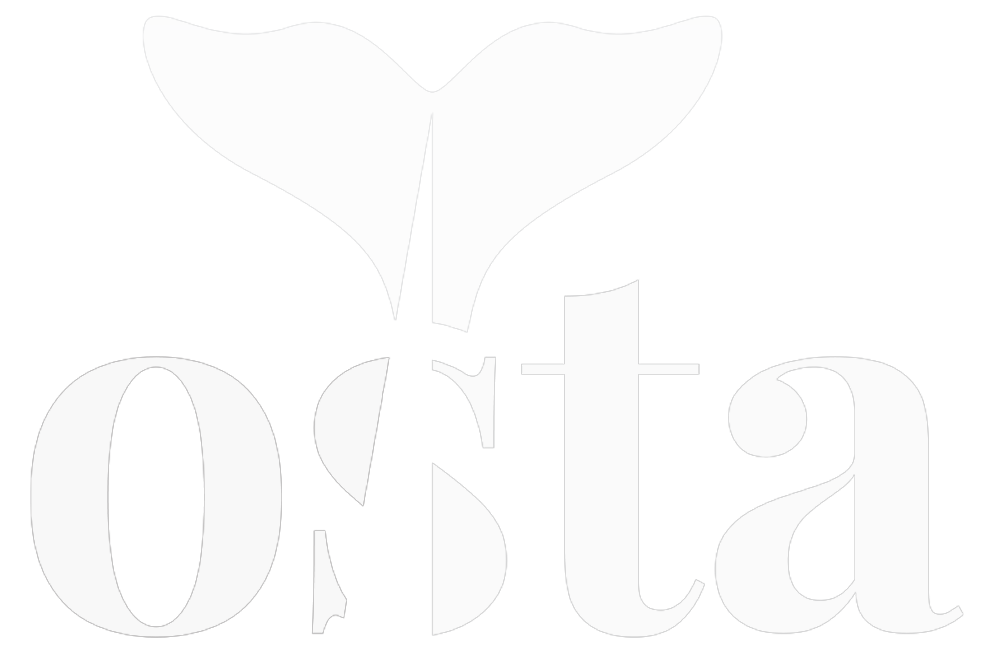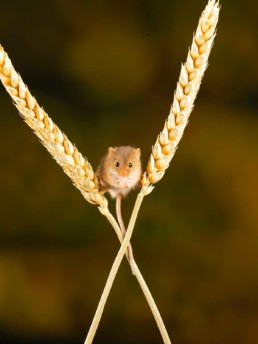Wat Dieren Gelukkig Maakt
Vlaanderen investeerde tijd, geld en energie in het herstel van de hamsterpopulatie
De wilde hamsterpopulatie in Vlaanderen heeft een dramatische daling doorgemaakt sinds de late 19e eeuw. Ooit talrijk aanwezig, wordt deze soort nu erstig bedreigd door twee hoofdoorzaken:
1. Intensivering van de landbouw
– Monoculturen en pesticiden verminderen voedselbronnen
– Mechanisatie verstoort leefgebieden
2. Verlies van habitat
– Urbanisatie en infrastructuurontwikkeling
– Verandering van landgebruik
Ondanks beschermingsinspanningen via een Soortenbeschermingsprogramma (2015-2020), blijft de situatie kritiek met minder dan 30 overgebleven individuen.
Proactieve beschermingsmaatregelen
Natuurorganisaties pleiten voor meer doelgerichte acties:
– Overheidsaankoop van land voor hamsterhabitat
– Aanpassing van landbouwpraktijken aan hamsterbescherming
– Creatie van ecologische corridors
Deze initatieven kunnen niet alleen de hamster, maar ook andere bedreigde soorten in landbouwgebieden ten goede komen. Hierdoor wordt de hamster een belangrijk symbool voor biodiversiteitsbehoud in agrarische landschappen.
30 Dieren
30 Wilde Hamsters
__
De hamsterpopulatie in Vlaanderen staat op de rand van uitsterven. Tellingen tonen aan dat er minder dan 30 individuen overblijven in het wild. Deze kleine populatie is hoofdzakelijk geconcentreerd in Widooie, een deelgemeente van Tongeren in de provincie Limburg bevinden.
Inspanningen om Vlaamse wilde hamsters te beschermen
Historische context en huidige status
De wilde hamster in Vlaanderen, ooit een veelvoorkomende soort sinds de late 19e eeuw, staan nu op de rand van uitsterven.[1] Deze drastische afname is voornamelijk het gevolg van intensieve landbouwpraktijken in de tweede helft van de 20e eeuw, die het landschap hebben getransformeerd en geschikte leefgebieden hebben verminderd. De overstap van granen naar maïs, suikerbieten en aardappelen heeft de hamsters beroofd van hun ideale habitat.[2]
Populatietrend en kritieke cijfers
De hamsterpopulatie vertoont al decennialang een dalende trend, met een versnelde afname aan het einde van de 20e eeuw.[3] In 2015 waren er in Vlaanderen nog slechts ongeveer 30 individuen over, voornamelijk geconcentreerd in Widooie, Limburg. Sindsdien is er nauwelijks verbetering waargenomen in de populatieomvang.
Ineffectieve beschermingsmaatregelen
Een Soortenbeschermingsprogramma (2015-2020) bleek helaas niet effectief in het bereiken van zijn doelstellingen.[4] Het programma beoogde de hamsterpopulatie te versterken door bestaande groepen aan te vullen en leefgebieden uit te breiden via overeenkomsten met lokale landbouwers. Echter, het falen van dit programma heeft ertoe geleid dat de hamsters nog steeds ernstig bedreigd zijn. [5]
Monitoring bracht aanhoudende problemen aan het licht, waaronder:
– Ongeschikte habitats
– Landbouwpraktijken die niet stroken met de behoeften van hamsters.
Hoewel het programma in 2023 afliep zonder directe opvolger, wordt er momenteel gewerkt aan een breed plan voor biodiversiteit in landbouwgebieden.[6]
Toekomstige beschermingsstrategieën
Om deze uitdagingen effectief aan te pakken ,is een fundamentele verandering in aanpak noodzakelijk:
– Implementatie van meer proactieve en bindende beschermingsmaatregelen.
– Overheidsaankoop van land, te beheren door landbouwers onder eerlijke compensatie
– Creatie van een gunstige leefomgeving voor hamsters en andere bedreigde soorten
Bredere impact en symbolische waarde
Door landbouwpraktijken af te stemmen op de behoeften van hamsters, kunnen deze initiatieven niet alleen deze specifieke soort, maar ook andere bedreigde soorten in landbouwgebieden ten goede komen. De hamster wordt zo een belangrijk symbool voor biodiversiteitsbehoud in agrarische landschappen, wat het cruciale verband tussen soortenbescherming en duurzaam landgebruik benadrukt.
[1] Soortenbeschermingsprogramma voor de Europese hamster in Vlaanderen (2015-2020). Vastgesteld in Artikel 1 van het Ministerieel Besluit voor de Europese hamster (Cricetus cricetus).
[2] Ibid. Soortenbeschermingsprogramma Hamster, 20.
[3] Ibid. Soortenbeschermingsprogramma Hamster, 15.
[4] Joke Schauvliege (CD&V), voormalig Vlaams minister van Landbouw en Natuur, stelde 800.000 euro beschikbaar voor een soortenbeschermingsprogramma voor de wilde hamster, inclusief een hamstercoördinator. Bron: Jozefien Verstraete, ‘Totaalplan voor biodiversiteit op akkers in de maak’, Vilt (Vlaams Informatiecentrum Land- en Tuinbouw), 19 september 2023. Origineel artikel in het Nederlands.
[5] Ibid. (n 1) Soortenbeschermingsprogramma Hamster, 1-85.
[6] ‘Totaalplan voor biodiversiteit op akkers in de maak’, Vlaams Instituut voor Landbouw en Tuinbouw, 19 september 2023 en ‘Natuurpunt: ‘Soortenbeschermingsplan hamster heeft doel volledig gemist”, Vlaams Informatiecentrum voor Land- en Tuinbouw, 12 oktober 2022.


